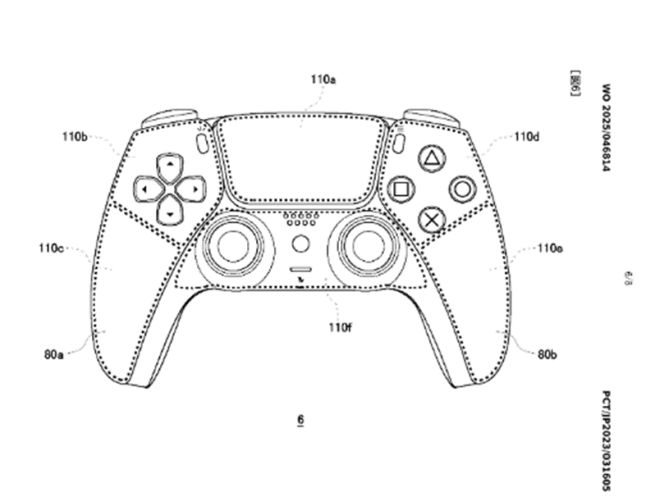A dream come true for all gamers: the eternal joystick. Or almost.
Sony Entertainment recently filed a new
patent for a PlayStation
controller that can recharge itself.
How? The idea is to harness solar energy, thanks
to small photovoltaic panels placed on the
controller to power the device itself, thus reducing the need to
connect it by cable to a charging source, with the unfortunate
consequence of having to interrupt one's gaming session at
crucial moments.
How does it work?
According to the patent, the system is able to integrate a
technology into the controller that can harness every ray of light
available in the home environment and turn it into energy. This
could mean fewer interruptions while playing, but
also reduce the use of cables and charging stations.
What seems less clear, however, is how much
energy can actually be generated and stored through these
panels, and whether the system can actually guarantee
sufficient autonomy even for long gaming sessions.
According to the patent filed by Sony at WIPO, the design of the device is created in such a way as to ensure that the player's hands and movements do not interfere with the photovoltaic panels, thus enabling charging even during use. These panels are then connected to an energy storage unit to store the electrical energy generated by the photovoltaic screens.

Figure 1 – Patent drawing highlighting the areas of the controller where the photovoltaic panels will be placed
An innovation that would solve one of the most common problems among gamers, namely the need to stop playing to connect the controller to a power source.
Innovation or experiment?
The idea developed by Sony sounds very interesting in terms of
potential, but it is not the first time we have heard of similar
technologies. Some devices have tried the same approach in the
past, but failed to be successful on the market, not least because
the functions of modern joysticks, including
lights, vibrations and increasingly complex controls,
consume a lot of energy, and recharging from solar
power, what's more in an indoor environment such as a house,
may not be able to significantly impact the actual battery
life.
Should Sony succeed in implementing such a system, it could
revolutionise the way we use controllers, although it is still
too early to make predictions.
There are at least three evaluations that need to be made to verify the actual scope of this patent:
- Real utility: Will the system be able to generate enough power or will it only support traditional charging?
- Design and ergonomics: Will the addition of the charging panels affect the weight and handling of the controller?
- Production times: A patent is no guarantee of production, let alone 'immediate' production. Many projects remain on paper, others can take years to become reality.
What to expect
For now, the only certainty is the existence of a project dedicated to a high-performance PlayStation controller: how high is what remains to be discovered.
Certainly, the idea of a controller that does not need to be recharged in the traditional way has already aroused the curiosity (and anticipation) of many enthusiasts and could indeed represent a major step forward in the design of gaming devices.
We just have to wait and see if this controller will really become the perfect gaming companion or if it will remain just an idea on paper.
In the meantime, better keep the charger handy!
The content of this article is intended to provide a general guide to the subject matter. Specialist advice should be sought about your specific circumstances.


